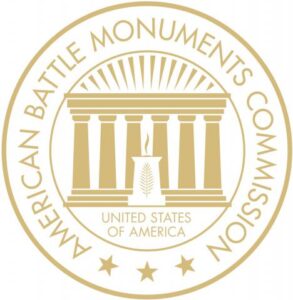The United States was drawn into World War II on the morning of December 7, 1941, when the Japanese Navy conducted a surprise attack against the United States naval base at Pearl Harbor, Hawaii, home to the U.S. Pacific Fleet, claiming the lives of more than 2,400 people.
Tension between the United States and Japan had been at a high level for years. For more than a decade Japan, which was poor in natural resources such as oil, had adopted an imperialist foreign policy to seize territory in Asia rich in raw materials. After the 1931 invasion and subsequent occupation of Manchuria (Northeast China), Japan initiated a campaign to conquer the rest of China six years later. These actions greatly troubled the United States, which had strategic interests in China, and led the U.S. to establish an oil embargo of Japan.
By 1941 the strained relationship between the two countries led to diplomatic negotiations. But while the talks were still apparently ongoing, Japan resolved to seize territory in Southeast Asia which would provide them with desperately needed natural resources. To prevent U.S. intervention, the Japanese planned a preemptive action intended to cripple the U.S. Pacific Fleet.
The Pearl Harbor Raid commenced at 7:48 a.m. Hawaiian Time. Six Japanese aircraft carriers launched over 300 fighter planes, bombers, and torpedo planes against the base. During the 90-minute attack, eight U.S. Navy battleships were damaged and four were sunk, including the USS Arizona; over 1,100 of her crew lost their lives. Three cruisers, three destroyers, and one minecraft were also sunk or damaged. Almost 200 U.S. aircraft were destroyed. But fortunately for the United States, all three aircraft carriers of the Pacific fleet were out to sea during the attack. Japanese losses were light.
The surprise attack-launched without any formal declaration of war killed 2,403, wounded 1,178, and led to waves of anger, shock, and resentment on the part of the American public. The next day, in an address to Congress requesting a declaration of war, President Franklin D. Roosevelt gave the immortal line that December 7, 1941 was “a date which will live in infamy”. The near-unanimous war resolution passed an hour later.
The National Memorial Cemetery of the Pacific, maintained by the Department of Veterans Affairs, National Cemetery Administration, is located in the Puowaina crater, a dormant volcano rising up from the center of Honolulu. On January 4, 1949, the first interment took place in the cemetery – an unknown serviceman who died in Pearl Harbor.
The focal point of the cemetery is the Honolulu Memorial, which is administered by ABMC. The memorial is dominated by an 80-foot tall tower, upon which is carved a figure–Columbia–symbolic of the United States. The tower is flanked by the courts of the missing, walls with the inscribed names of those who died in battle but whose remains were never recovered. Along with the names of those missing from the Korean and Vietnam wars, the courts memorialize 18,093 who lost their lives in the World War II Pacific Theater, including 1,102 killed in the sinking in the USS Arizona.
 An official website of the United States government. Here's how you know.
An official website of the United States government. Here's how you know. 